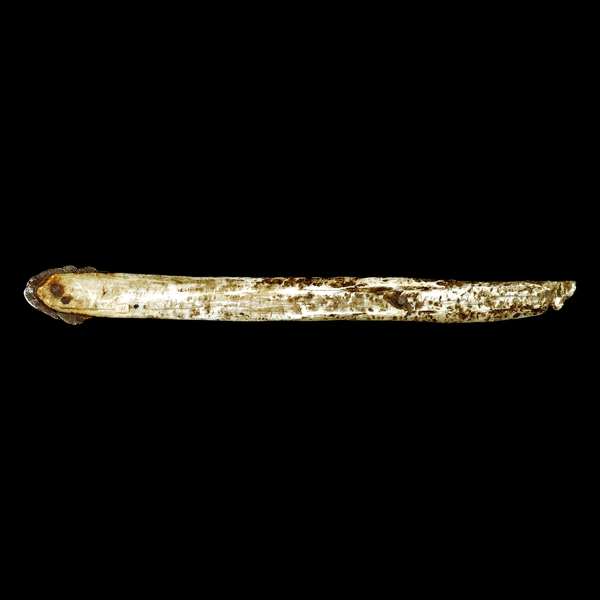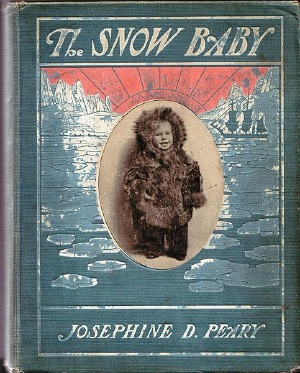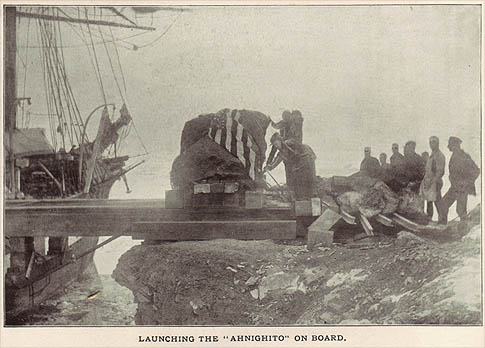
I don't know why, exactly, but as I was looking online for Zakaeuses this morning, the description of this early 18th century Inuit knife from the British Museum caught me off guard:
This type of knife was made and used by the Inughuit (Polar Inuit or Eskimo) of north-west Greenland. Similar pieces of iron were used to make all-purpose knives for butchering animals, preparing meat, eating and making tools.Greenland's Inuit used ivory and bone instead of wood, and they got all their metal from meteorites. The Cape York Meteorites, to be precise, which crashed into the earth around 10,000 years ago.This example was collected in 1818 during the search for the Northwest Passage by the explorer Sir John Ross (1777-1856). The Inuit told the expedition, through the Greenlandic interpreter and expedition artist Hans Zakaeus, that they believed that they lived alone in the world and thought Europeans were gods. [emphasis added]

Explorer Robert Peary and his Inuit guide found three large fragments near Melville Bay: Ahnighito, or The Tent [above], weighs 31 metric tons, and was found on Disko Island. [Seriously.] Woman (3 tons) and Dog (400kg) were a few kilometers away on the mainland. Woman and Dog, especially, showed signs of being the primary source for Inuit iron for centuries. They were surrounded with more than 10,000 hammerstones, brought from hundreds of miles away, which were used to cut, chip, and drill off pieces of iron, which were then flattened into blades for knives, spears, and scrapers.

Peary had his wife with hum during the expedition. When their daughter Marie Ahnighito Peary was born in Greenland in 1893, Inuit apparently traveled from all over to see the pink & blonde child, who they nicknamed The Snow Baby. In the midst of ongoing media buzz and snow baby merchandising craze, her mother Josephine Peary to publish a picture book, The Snow Baby in 1901.

I haven't seen any mention of his asking permission, but after several years of effort, Peary moved the three meteorites to New York, and eventually sold them to the American Museum of Natural History. The pylons supporting Ahnighito run through the foundation of the building into the bedrock of Manhattan. Which, given the Upper West Side's geography, is probably right there, but still. It's basically as heavy as a decent Richard Serra Torqued Ellipse.
Lance with a blade made from meteoric iron [britishmuseum.org]
Greenland's Meteorites [amnh.org]
Cape York Meteorites [wikipedia]
Account Of The Discovery And Bringing Home Of The "Saviksue" or Great Cape York Meteorites [niger-meteorite-recon.de]












